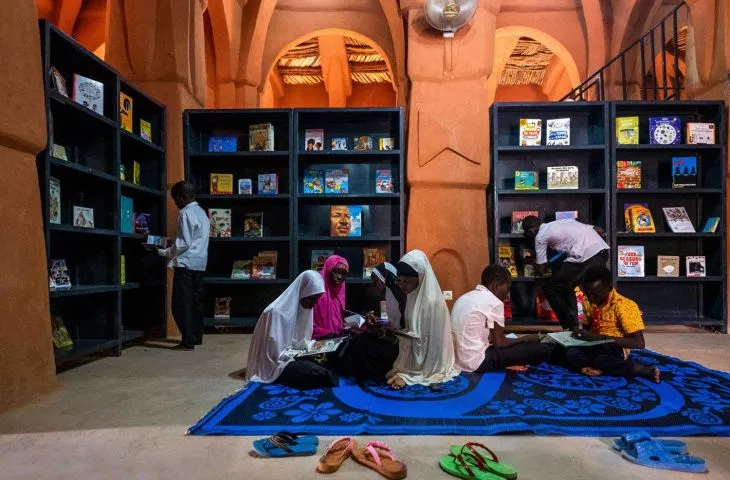Entries for the 6th LafargeHolcim Awards are being accepted until February 25, 2020. The total value of the cash prizes is $2 million, and the competition itself encompasses sustainable construction projects and concepts in architecture, engineering, urban planning, materials science, construction technology and related fields. To evaluate the diverse entries received in this global competition, the LafargeHolcim Foundation has developed a framework of five "key issues" for sustainable construction. These include sustainability goals for economic, social and environmental performance - and are expanded to include contextual and aesthetic impact specific to the built environment, as well as an indicator of innovation and portability.
"Key Issues" promote strategies for improving the built environment. They are broad enough to allow five independent juries of sustainable building experts to evaluate the entries and rank them in the competition:
1. people - ethical standards and social inclusion
Projects must adhere to the highest ethical standards and promote social inclusion at all stages of construction, from planning and construction to use and operation, to ensure a lasting positive impact on communities. Submitted projects must demonstrate how they strengthen communities and contribute to an affordable and inclusive living environment.
2. progress - innovation and transferability
Projects must demonstrate innovative approaches to sustainability, expanding the boundaries of applied practices and exploring new disciplinary frontiers. Trend-setting breakthroughs must be transferable to many other applications. Materials used should be recyclable and should be integrated into a closed-loop economy. Waste generation should be avoided throughout the life cycle of a building.
3 Planet - resources and environmental performance
Projects must be characterized by judicious use and management of natural resources throughout the life cycle. An integral part of the design philosophy should be solving long-term environmental problems, especially in terms of inventory and flow of materials, water and energy.
4 Prosperity - Economic viability and compatibility.
Projects must be economically feasible and able to secure financing - whether from public, commercial or concession sources - while having a positive social and environmental impact. In order to avoid waste of material resources and reduceCO2 emissions, economy of resources used in construction must be promoted. Construction must follow the logic of a closed-loop economy.
5 Location - contextual and aesthetic impact
Projects must be characterized by a high standard of architectural quality as the predominant form of cultural expression. Space, form and aesthetic impact are of utmost importance, and therefore the material manifestation of the project must make a positive and lasting contribution to the physical, human and cultural environment.
Take part in the LafargeHolcim Awards.
The main category of the awards is open to sustainable construction projects at an advanced stage of design, with a high probability of implementation. Construction/production cannot begin before January 1, 2019. The Next Generation Award category seeks visionary design concepts and bold ideas that are in the preliminary design stage (including design studies and research work). To participate in this category, authors must be no older than 30. Students and young professionals are invited to participate in the main category of the competition by submitting projects that have reached an advanced design stage.
























